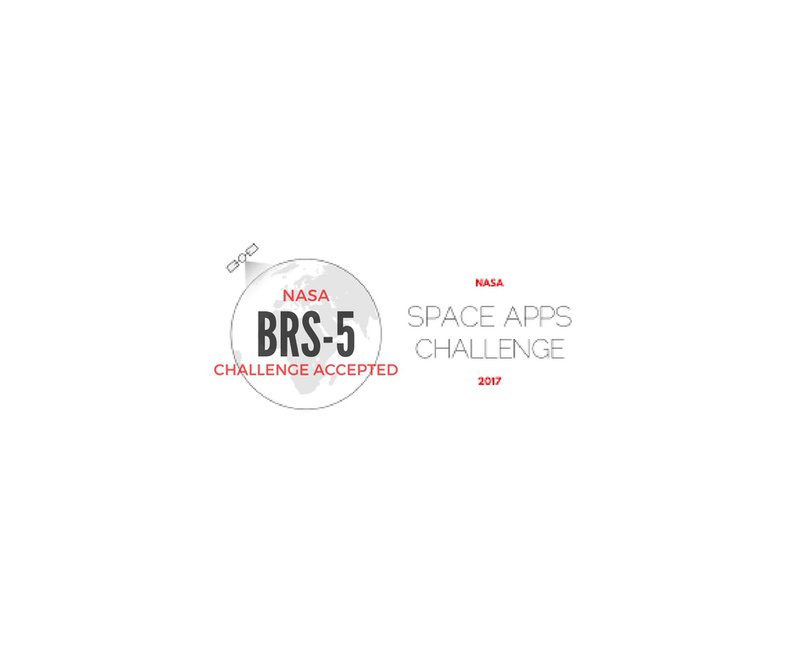BRS-5 | Trace Invaders
The Challenge | Trace Invaders
Natural Neighborhood
Natural Neighborhood allows data about animals' species from different niches to be sent by users who visit those places so that we can further study how the ecosystem evolves while providing a fun and learning platform for common users and specialists.

By allowing users to upload data about animals they find through their journey, we get to have a closer look at the ecosystem and how it's evolving. From this data we can extract information like where an animal has been seen, how many were seen and even upload a picture, so we can assess it's conditions.
To minimize our margin of error, we came up with a system that allows for other users to correct a misleading information about an animal, like a wrong species name or photo, by suggesting edits to the user that first uploaded that data.
Also, to reduce the amount of spam we developed a reporting system where when a user finds inappropriate content and reports it, our team get's notified for review. Also, since we are a small team, we came up with an idea so that the community could help us. By allowing for a selected group of users to become, what we like to call an Advanced User, we get to have a bigger network of specialists to correct and review data. A common user becomes an Advanced User by providing proof of knowledge like a college degree.
To make the application more interactive to users, we came up with the solution to add the Favorite button. This allows for the user to save a specific post for later reading or even for going out and trying to see the animal, since the location on the map will be provided.
Natural Neighborhood works with a simple an clean user interface that provides all the information needed from each page. The application itself was developed using C# with the Universal Windows Platform and runs on all devices running Windows 10, those include Windows 10 Mobile, Windows 10 PCs, Xbox One and even Windows 10 IoT. We do intent to expand our app to the Android and iOS operating system once we complete the final version.
The idea behind this application is that, with time, we'll get enough data to elaborate a complex graph with all the information needed to start previewing changes to the ecosystem, learning the animals' path and being able to help the niche grow. Eventually, by combining user data with satellite imaging we get to see how the niche is changing and adapting to global changes and human interference.
Al this data will not only become a source for more complex studies, but can also help environmentalist maintain and take care for a specific area. And with enough users, we get to have almost real time data about a specific species on a specific niche and how it's doing.
With the voluntary dedication of professionals and common users adding and reviewing data and by using satellite imaging we want to build a network of information focused on observing and studying ecological niches, helping to understand and answer simple questions like how the population growth of a single species can affect the death of another on a specific ecosystem.
Credits:
Programmer - Bruno Blanes
Senior Researcher - Gabriel Rocha
Junior Researcher - João Victor Pollak
GUI Designer - Jocilene Lopes
Arts' Designer - Kaique Pacheco Lyra
Support - Wellington do Nascimento
Support - Yuri Takeo Miyazaki
SpaceApps is a NASA incubator innovation program.